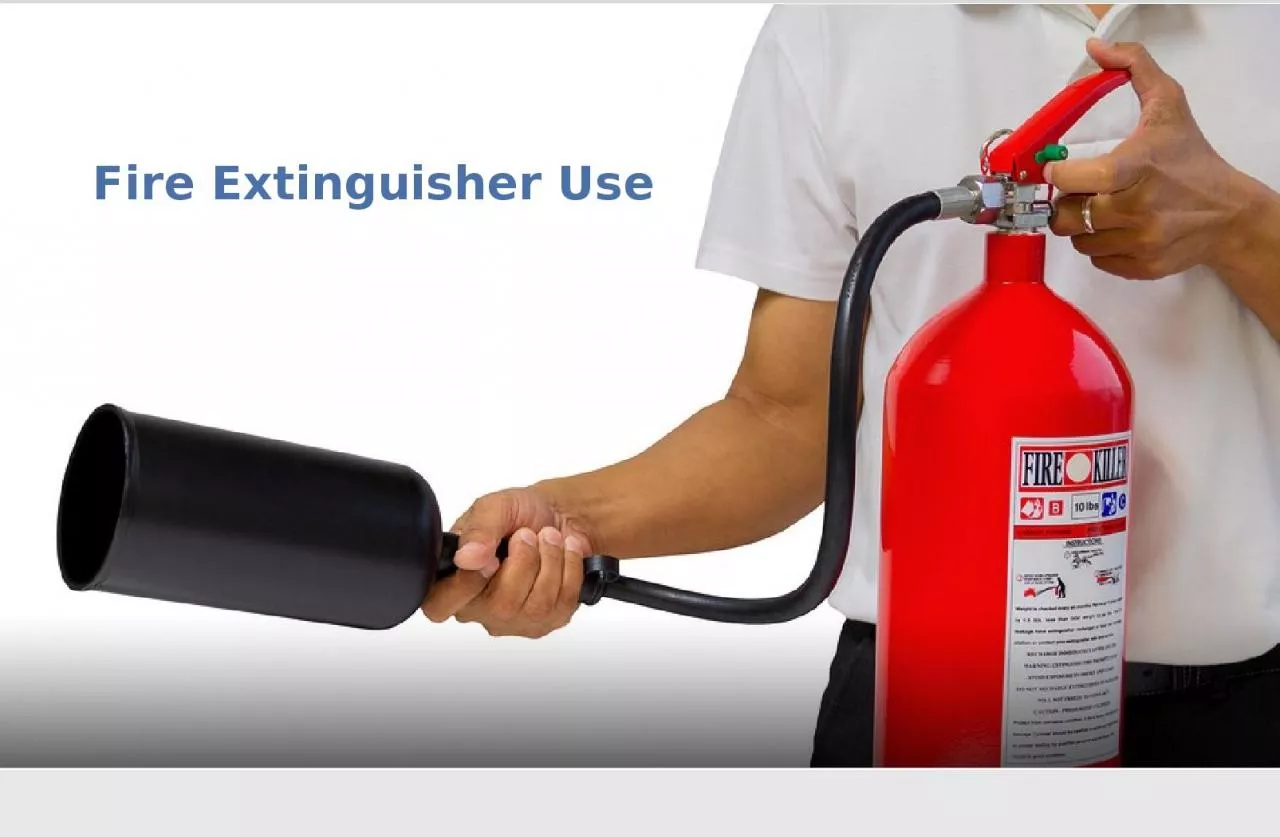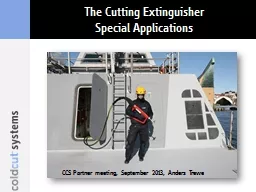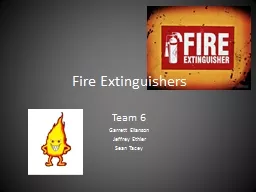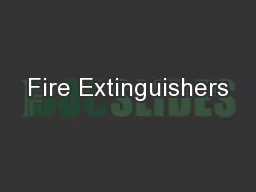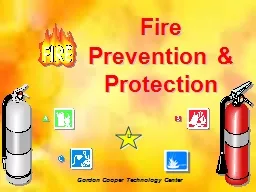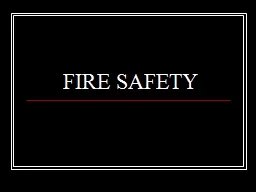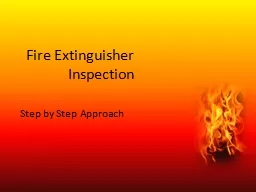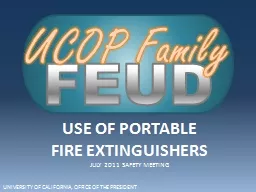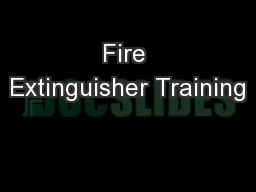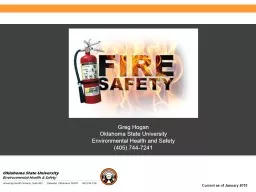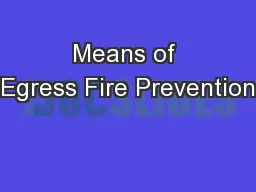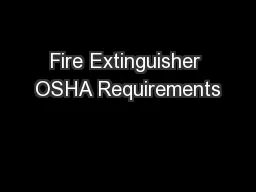PPT-Fire Extinguisher Use DISCLAIMER
Author : roberts | Published Date : 2023-06-10
This training material presents very important pertinent information It should not be assumed however that this program satisfies every legal requirement of every
Presentation Embed Code
Download Presentation
Download Presentation The PPT/PDF document "Fire Extinguisher Use DISCLAIMER" is the property of its rightful owner. Permission is granted to download and print the materials on this website for personal, non-commercial use only, and to display it on your personal computer provided you do not modify the materials and that you retain all copyright notices contained in the materials. By downloading content from our website, you accept the terms of this agreement.
Fire Extinguisher Use DISCLAIMER: Transcript
Download Rules Of Document
"Fire Extinguisher Use DISCLAIMER"The content belongs to its owner. You may download and print it for personal use, without modification, and keep all copyright notices. By downloading, you agree to these terms.
Related Documents

